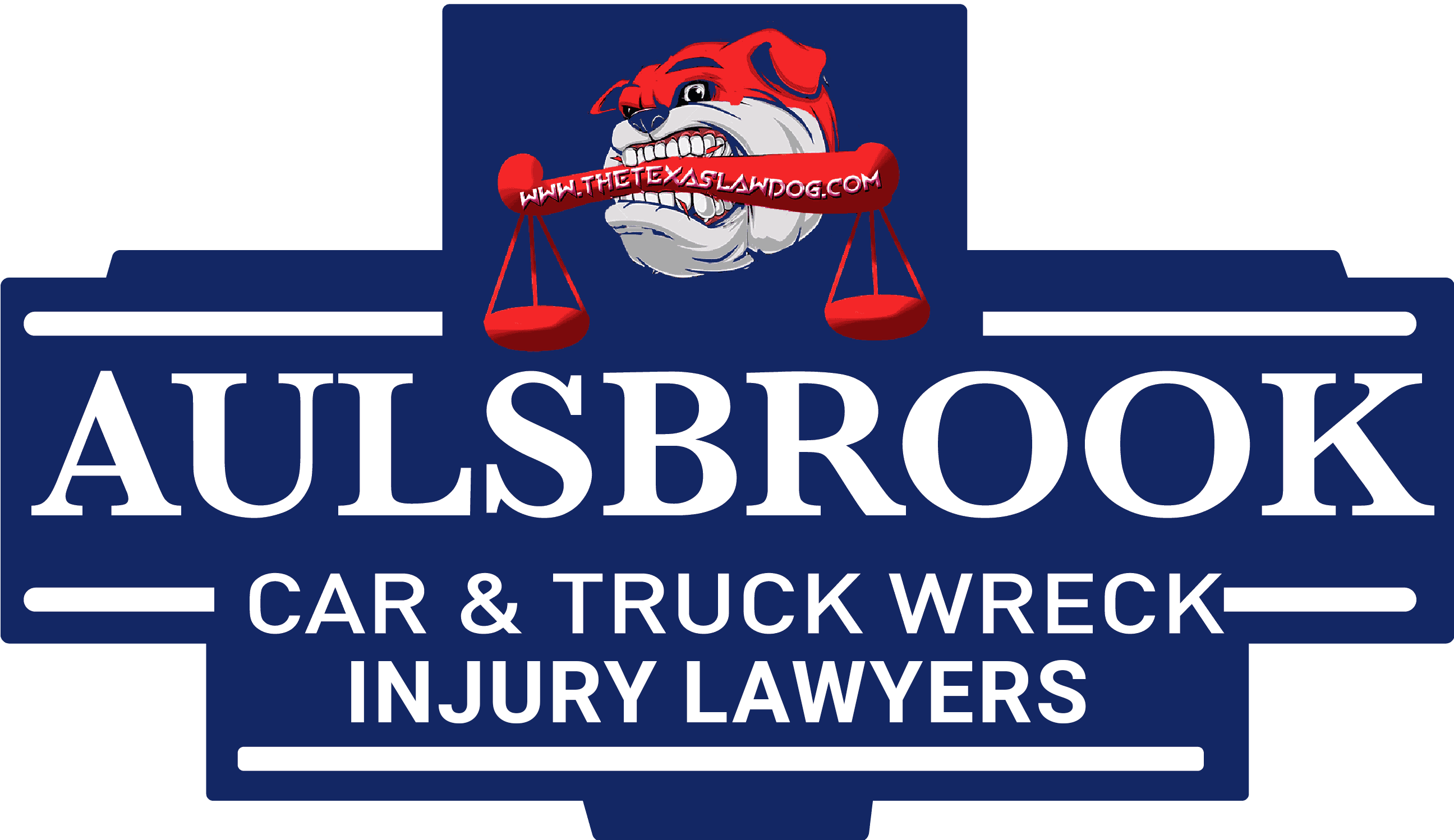The Use of Motorcycle Helmets in Grand Prairie
When riding a motorcycle, bikers should take all precautions to protect them from harm, including using a helmet. If a motorcyclist fails to wear a helmet and gets into an accident, they could sustain a severe injury. Additionally, if a motorcyclist chooses to seek compensation for damages from the party that caused their accident, the courts may look at the biker’s use of a helmet when determining liability. Reach out to a dedicated attorney to learn about the use of motorcycle helmets in Grand Prairie and how it could affect a person’s personal injury case.
Are Motorcyclists Required To Wear Helmets In Grand Prairie?
If a motorcyclist wants to ride without a helmet, there is no law preventing that here in Texas to go and ride a motorcycle without a helmet. They are required to have $10,000.00 worth of health insurance coverage to take care of any medical expenses that might be associated with injuries sustained in a crash. If the biker is over 21, then they are not required to wear a helmet.
Does The State Recommend The Use Of a Helmet?
All research indicates that injuries are reduced with the use of a helmet. However, the Texas law prohibits police officers and highway patrol from stopping or detaining a motorcyclist for the purpose of seeing if they are covered by insurance if they are not wearing a helmet, or even if they have completed a motorcycle safety course always require helmets. The fact remains that wearing a helmet can save their life in the event of a motorcycle crash. It dramatically reduces the risk of brain injury and death in a crash. It also lowers the risk of cervical spine injury in the event of an accident, according to research from Johns Hopkins.
Even though the law does not require it, think twice before making that decision to ride without one. It is a small price to pay, considering a helmet could save their life.
Tips for Purchasing a Helmet
If they want to be sure to buy a safe helmet, they can review the National Highway Traffic Safety Administration website. It gives some tips on what to look for when purchasing a helmet.
Inner Liner and Chin Straps
Helmets should have a thick inner liner which meets the minimum federal safety standards. Helmets typically have a firm polystyrene foam inner liner that is about one inch thick. If a helmet has soft foam padding or a bare plastic shell with no padding at all, it’s not a safe helmet.
Additionally, a helmet should have sturdy chin straps and rivets. A helmet should have sturdy straps with solid rivets to keep the helmet securely in place on the rider’s head.
The Weight of The Helmet
The weight of the helmet is important. Helmets meeting federal safety standards usually weigh about three pounds. Lightweight helmets are generally unsafe.
Department of Transportation or DOT sticker
Helmets having the federal safety standards are required to have a Department of Transportation or DOT sticker on the outside back of the helmet with the letters DOT, certifying that the helmet meets the standards outlined in FMVSS 218.
American National Standards Institute sticker
A helmet meeting the safety standards may be additionally certified by private nonprofit organizations like Snell or American National Standards Institute. It would have a sticker indicating such certification.
Correct Labels
Finally, FMVSS 218 requires helmet manufacturers to place a label inside the helmet stating the manufacturer’s name, model, size, month, and year the helmet was made, construction materials, and owners’ information. If the helmet doesn’t have this label, it should be considered unsafe.
What is Contributory Negligence in Grand Prairie?
In many cases, multiple parties are responsible for one person’s injuries. The situation is even more difficult when the injured party is also at fault. In order to deal with these complicated tort scenarios, court systems have devised methods for a portion of fault. Contributory negligence or comparative negligence, each state’s a little different on how they differ on liability if different parties involved in the civil tort claim. In a simple tort situation, one person is completely at fault and has to pay for all the damages.
Texas is a modified comparative negligence state. This rule allows an injured victim to make a claim for compensation if their degree of fault is less than 50 percent. Bikers can only recover if they are 49 percent or less at fault in causing the accident in the Grand Prairie modified comparative fault. The amount of compensation after that is decided on a proportional basis.
A lawyer would look at that on a case-by-case basis and recommend someone getting that far, reach out to that experienced motorcycle wreck attorney.
Learn More About The Use Of a Motorcycle Helmet In Grand Prairie
Without a helmet, the risk of fatality in a crash drastically increases. It is best to use a helmet when on the road. Schedule a consultation with an experienced attorney to learn about the use of motorcycle helmets in Grand Prairie.

